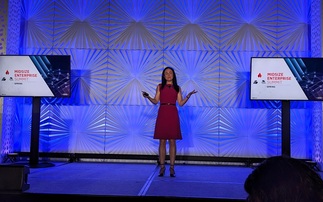Sun, IBM, Symbol and Microsoft all unveiled initiatives at the RFID World event last week
The ability of firms to extract useful information from radio frequency identification (RFID) systems was bolstered last week as Sun Microsystems and IBM upgraded middleware to handle the large qua...
To continue reading this article...
Join Computing
- Unlimited access to real-time news, analysis and opinion from the technology industry
- Receive important and breaking news in our daily newsletter
- Be the first to hear about our events and awards programmes
- Join live member only interviews with IT leaders at the ‘IT Lounge’; your chance to ask your burning tech questions and have them answered
- Access to the Computing Delta hub providing market intelligence and research
- Receive our members-only newsletter with exclusive opinion pieces from senior IT Leaders

















